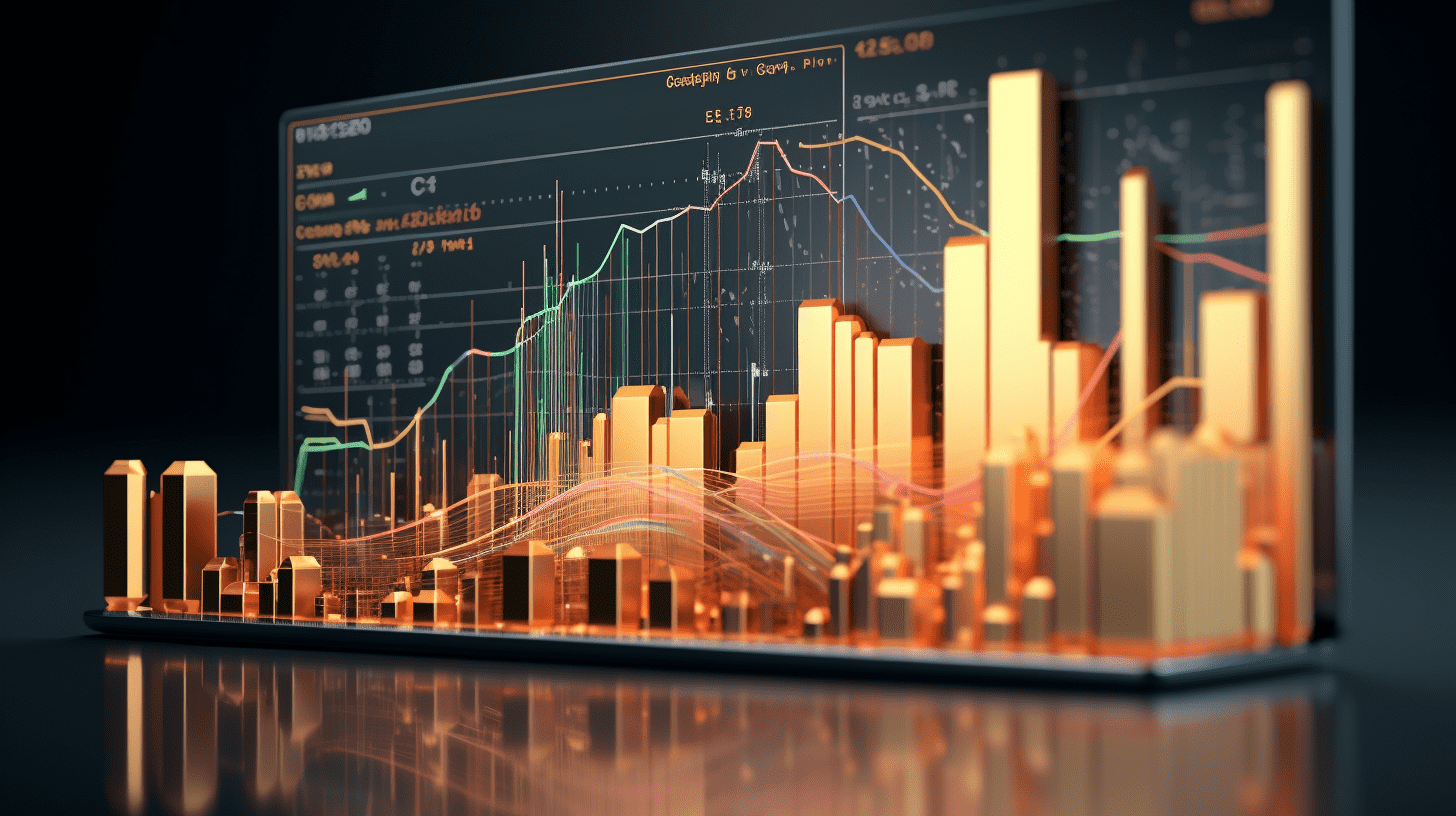Dual geopolitical storms are coming, and the global aluminum market will face trade turbulence in 2025.
Due to multiple geopolitical storms in the global market, it will be a busy year for aluminum traders.
Noticeably, due to multiple geopolitical storms experienced in the global market, it will be a busy year for aluminum traders.
The primary potential trade disruption factor is the newly appointed Trump administration and the threat of imposing tariffs on products imported from Canada and Mexico, both of which are the largest suppliers of light metals to the United States.
Next, the EU may ban the import of Russian aluminum, which is part of the 16th sanctions against Russia imposed by the EU.
This will accelerate Russia's shift towards Asia, but considering the cancellation of export tax rebates on a large number of semi-finished products from China, the demand for aluminum in China remains uncertain.
Combined with the high price of alumina and the decline in aluminum stocks on the London Metal Exchange (LME), market volatility has become a certainty.
Trump 2.0
Trump has threatened several times to impose a 25% tariff on American aluminum imported from Canada and Mexico.
Canada is the largest supplier of raw metals to the United States, accounting for 79% of the total imports in the first 11 months of 2024. Mexico is the main supplier of scrap aluminum and aluminum alloys to the United States.
The market is not sure whether tariffs will be imposed, or at least for a long term.
The Midwest premium contract on the Chicago Mercantile Exchange is the best indicator of tariff risk, and since Trump won the U.S. election in November 2020, the contract has been rising, but the increase is not significant compared to the nominal impact of a 25% cost increase for American consumers.
However, Trump has a history of disruption in the Canadian aluminum issue. In 2018, when he imposed a 10% tariff on aluminum imports, Canada was initially included, then was exempted in 2019. In August 2020, Canada was included again, and then exempted again a month later.
During his first term in office, Trump used aluminum tariffs as a tough negotiating tool, forcing Canada to make concessions in a series of trade disputes. There is no reason to believe that the Trump 2.0 term will be any different.
Continued Escalation of Sanctions against Russia
As the EU plans a new round of sanctions against Russia next month on the third anniversary of the Russia-Ukraine conflict, European policymakers have been postponing a full ban on importing Russian aluminum, but this situation seems likely to change this year.
European aluminum users have been gradually reducing their reliance on Russian primary aluminum. Russia's share of total imports in the EU decreased from 11% in 2023 and 19% in 2022 to 6% in the first 10 months of 2024.
However, Russia's exports to Europe reached 130,000 tons from January to October this year, which is not insignificant, and any ban could force Europe to compete for alternative suppliers.
Over the past three years, sales to Asian consumers, especially in China, have steadily increased for Russia.
China's import of Russian metals increased from 291,000 tons in 2021 to 1.2 million tons in 2023 and is expected to reach this total in the first 11 months of 2024.
But can China continue to absorb such a large amount of metal?
China canceled export tax rebates on aluminum products such as aluminum rods, aluminum wire, and aluminum foil in early December, which may endanger the flow of approximately 5 million tons of aluminum products to overseas markets each year.
This is the worst-case scenario, but undoubtedly, exports of semi-finished products will decrease this year, reducing the demand for imported raw metals.
Global Markets Begin to Divide
As the main producer in Russia, the Rusal company may not have as much metal available for transportation this year.
The company announced in November last year that it would reduce production by 6% due to the soaring price of alumina, which is a raw material produced by smelters.
With the serious tightness in the Shanghai Futures Exchange (ShFE) contracts fading at the end of the year, the heat in the alumina market began to decline.
However, at the beginning of 2024, the prices on the Shanghai Futures Exchange continue to rise significantly, and Western alumina prices remain high.
Meanwhile, aluminum stocks on the London Metal Exchange have been steadily declining for several months, with the open tonnage at 249,000 tons at the lowest level since May 2024.
There are many smoke and mirrors in the changes in LME aluminum inventory, with warehouse arbitrage being an equally important driving factor as supply and demand fundamentals.
But factors such as scarce raw materials, low stocks, and trade uncertainty have stimulated a rise in LME aluminum prices for three-month futures contracts. In Monday's trading, the three-month futures aluminum price hit a one-month high of $2,700.
LME futures spreads are narrowing. The benchmark spot/three-month futures spread is $10 per ton this week, compared to $40 per ton a month ago.
The market seems to be ignoring the potential ripple effects of a full-scale trade war between the United States and other countries on global consumption.
Nevertheless, there are many other variables in the aluminum price equation at present, most of which are on the supply side.
However, it is certain that this once fully globalized market will further divide into different geographical regions.
In the coming months, regional spot premiums may be where the real action is. This was the case in the era of Trump 1.0.
Related Articles
.png)
Fannie Mae and Freddie Mac quietly increased their holdings of tens of billions in mortgage-backed securities, paving the way for lower interest rates and an IPO.

The market is back to the "bad news is good news" logic! Soft non-farm data = higher rate cut probability, U.S. stocks and bonds are expected to receive support.

In the era of Trump, who will be in charge of the future Federal Reserve? Bernanke or the true person in power?
Fannie Mae and Freddie Mac quietly increased their holdings of tens of billions in mortgage-backed securities, paving the way for lower interest rates and an IPO.
.png)
The market is back to the "bad news is good news" logic! Soft non-farm data = higher rate cut probability, U.S. stocks and bonds are expected to receive support.

In the era of Trump, who will be in charge of the future Federal Reserve? Bernanke or the true person in power?

RECOMMEND

Valued At $10 Trillion, The Largest IPO In History Is Coming As SpaceX Announces Listing Plan
12/12/2025

Five Imperatives And Eight Tasks: Central Meeting Specifies Next Year’s Economic Work, Highlights Identified
12/12/2025

Over 100 New Listings In Hong Kong This Year As Total Fundraising Tops HKD 270 Billion, Eighteen “A+H” Dual Listings
12/12/2025


